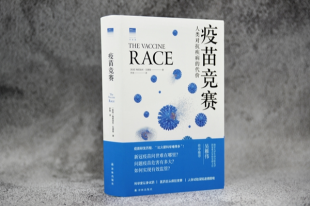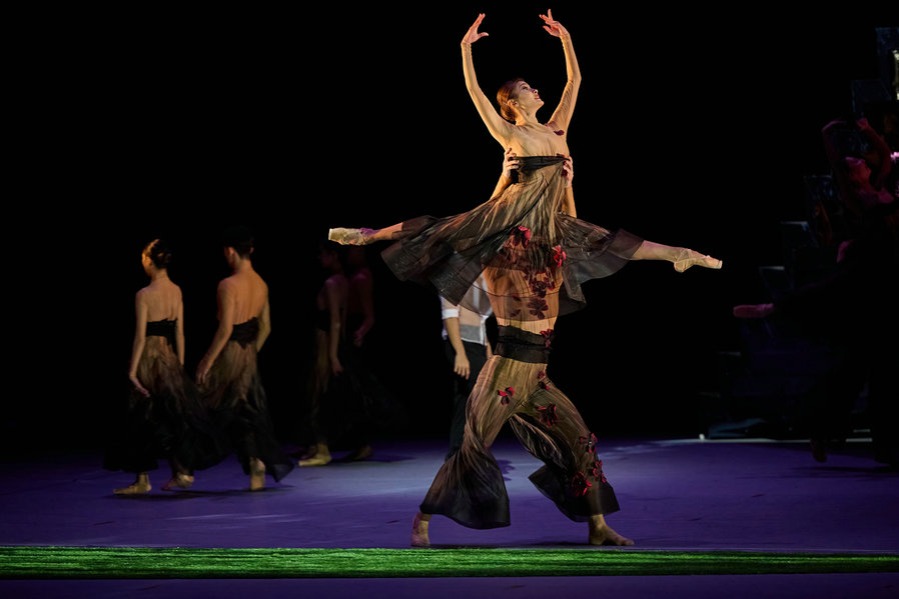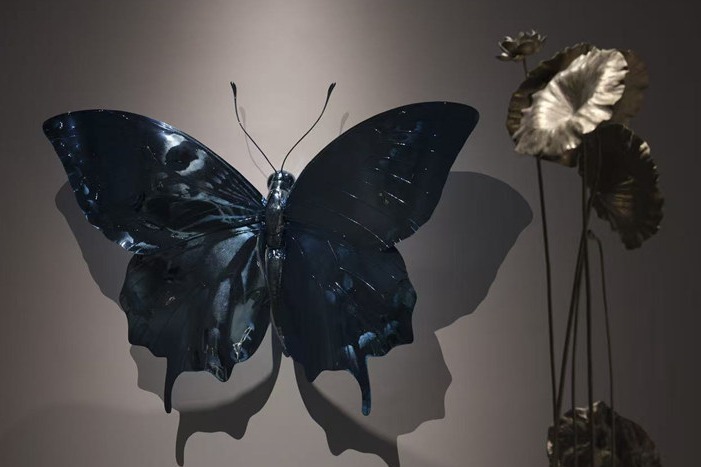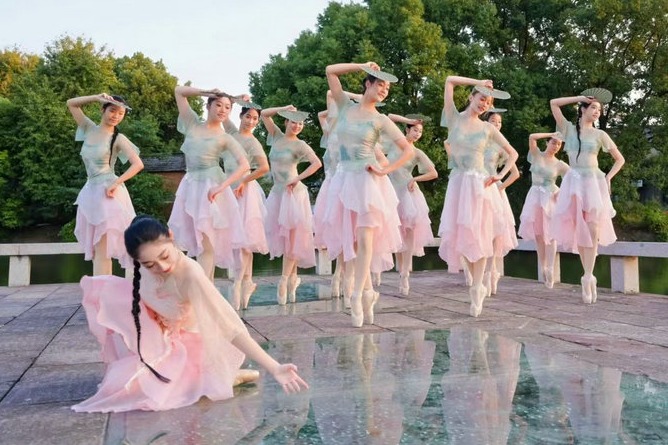Book on vaccines provides injection of hope amid pandemic


These concerns are especially important at the moment, when pressure of the pandemic requires the quick approval of a COVID-19 vaccine.
"One worries that ethical corners may be cut because of this pressure. That would harm tens of millions of people who might receive an unsafe or ineffective vaccine," she says.
Wadman mainly focused on the research and development of a rubella vaccine, making the book one of very few which records that struggle, she says.
Although there are already whole books devoted to the race for a polio vaccine, which took place a decade earlier than the creation of a rubella vaccine, Wadman devoted one-third of the book to the development of polio vaccine.
The polio vaccine race "was an integral part of the scientific backdrop and the politics that confronted the rubella vaccine makers. It was important to include some of that story", she says.
The rabies vaccine, also developed by scientists at Philadelphia's Wistar Institute in the 1960s, is another area of focus in the book.
"Before the Wistar scientists made this much-improved vaccine, the available rabies vaccines were awful. They were sometimes ineffective and sometimes dangerous. So, the new rabies vaccine was an important advance," she says.
The book is divided into three parts: the development of the cells from Mrs X's fetus by Hayflick, the rubella vaccine invented by Plotkin using Hayflick's cells, and the consequent "wars". "The war on the cells by abortion opponents in the US, and the war between Hayflick and the US government in the 1970s over who owned the cells," she says.
The entangling stories in the book echo Wadman's reply that "every part of vaccine research and development is difficult, from the first lab dish studies to the final distribution of an approved vaccine to millions of people."
The research and development of reliable vaccines usually lasts years, and has "never been developed in the compressed time frame that is being attempted with COVID-19 vaccines". For instance, scientists spent five years developing the first rubella vaccines after a huge epidemic in the mid-1960s.
"Today, some of the molecular methods in scientists' toolkits make it possible, potentially, for vaccine development to happen much more quickly. But human trials cannot be rushed," she says.
Anyone who cares about human health and who loves a scientific adventure story is the target reader of the book, which provides perspectives for people to think about the creation of vaccines, especially under the current circumstances.
For example, both Hayflick and Plotkin met political obstacles that nearly defeated their efforts, especially the latter. "The race for a rubella vaccine, and how favoritism and politics nearly derailed Plotkin's superior solution, is a cautionary tale for today's race for a COVID-19 vaccine," she warns.





































